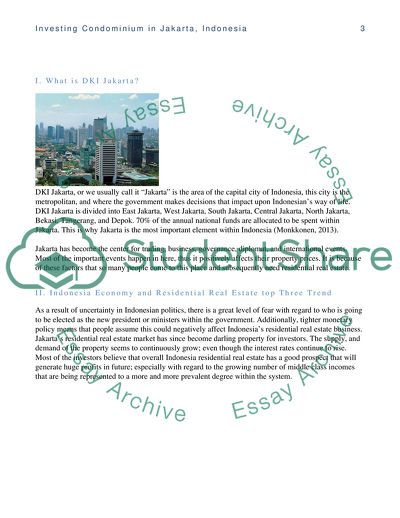Cite this document
(Investing Condominiums IN Indonesia Essay Example | Topics and Well Written Essays - 3500 words, n.d.)
Investing Condominiums IN Indonesia Essay Example | Topics and Well Written Essays - 3500 words. https://studentshare.org/macro-microeconomics/1822939-investing-condominiums-in-indonesia
Investing Condominiums IN Indonesia Essay Example | Topics and Well Written Essays - 3500 words. https://studentshare.org/macro-microeconomics/1822939-investing-condominiums-in-indonesia
(Investing Condominiums IN Indonesia Essay Example | Topics and Well Written Essays - 3500 Words)
Investing Condominiums IN Indonesia Essay Example | Topics and Well Written Essays - 3500 Words. https://studentshare.org/macro-microeconomics/1822939-investing-condominiums-in-indonesia.
Investing Condominiums IN Indonesia Essay Example | Topics and Well Written Essays - 3500 Words. https://studentshare.org/macro-microeconomics/1822939-investing-condominiums-in-indonesia.
“Investing Condominiums IN Indonesia Essay Example | Topics and Well Written Essays - 3500 Words”. https://studentshare.org/macro-microeconomics/1822939-investing-condominiums-in-indonesia.


